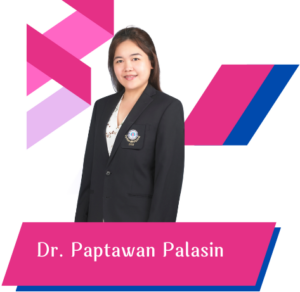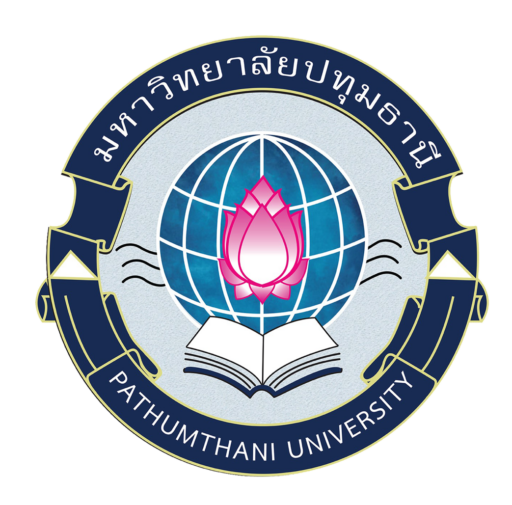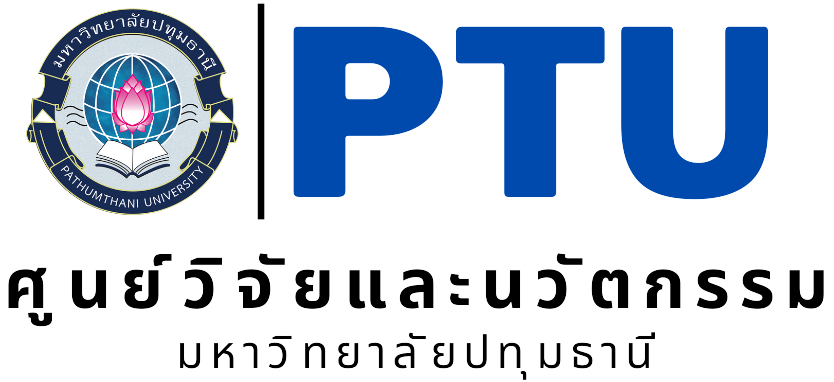อาจารย์ ดร.ภาพตะวัน พละสินธุ์
(Dr. Paptawan Palasin)
คณะสหเวชศาสตร์ มหาวิทยาลัยปทุมธานี

ABSTRACT: Lawsone is a privileged antibacterial pharmacophore in natural and synthetic compounds. A structural modification that increases the lipophilicity may improve its antibacterial potency. This study investigated an Atimicrobial, antiglycolytic, and antibiofilm activities of synthetic 2-(chloroalkyloxy) naphthalene-1,4-dione derivatives (Compounds 1 and 2). Microdilution method and pH drop assay were used to evaluate the antibacterial and antiglycolytic activity of Compounds 1 and 2 against three bacterial strains: Streptococcus mutans, Lacticaseibacillus casei, and Actinomyces naeslundii. Crystal violet assay assessed the effect of Compounds 1 and 2 on S. mutans biofilm formation. The MTT assay was employed to assess Human Gingival Fibroblast (HGF-1) cell viability. According to minimum inhibitory concentration (MIC) and minimum bactericidal concentration (MBC) values, S. mutans was more susceptible to Compounds 1 and 2 (MIC 0.78, 1.56 ?g/ml, respectively) than A. naeslundii (MIC 6.25, 12.50 ?g/ml, respectively), while, L. casei was resistant. Only the MBC of Compound 1 against A. naeslundii (100 ?g/ml) was found. Both Compounds 1 and 2 significantly retarded the pH declined by S. mutans, but had no effect on the pH drop profile of A. naeslundii. Only Compound 1 significantly affected the pH drop profile of L. casei. At 12 h, all sub-MIC concentrations (1/2 to 1/8) of Compounds 1 and 2 significantly reduced S. mutans biofilm formation. However, at 24 h, only sub-MIC 1/2 concentration significantly reduced biofilm formation. Compound 1 exhibited dose-dependent cytotoxicity, with IC50 of 2.34 ?g/ml. By structural modification of lawsone via an alkylation reaction on the 2-hydroxyl group, Compound 1 was more potent than Compound 2 in terms of inhibiting bacterial growth, biofilm formation, and acid production. Both compounds could be promisingly be a potential dental caries preventive agent.

